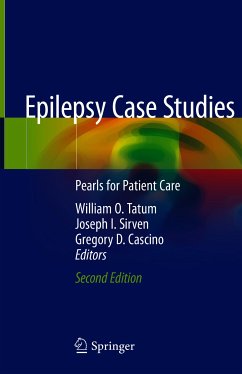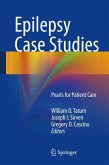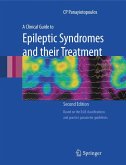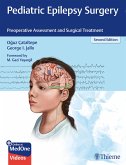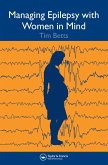With 51 chapters, the book presents 51 unique, nuanced cases. Beginning with an initial presentation of a case history, the book opens with a basis for drawing in multiple aspects in the treatment of patients with epilepsy. Each chapter is organized into a clinical history, physical examination results, and ancillary testing to concentrate on differential diagnosis and focus on a definitive procedural approach to the final diagnosis. Subsequent information about the condition expands on the knowledge of the clinical features to a solution of common patient clinical scenarios as it affects people with epilepsy.
A comprehensive successor edition, Epilepsy Case Studies is an invaluable resource to cliniciansranging from those looking for a quick review of a topic present in the table of contents, to those crossing disciplines into medical areas where seizures are a symptom of disordered or dysfunctional brain.
Dieser Download kann aus rechtlichen Gründen nur mit Rechnungsadresse in A, B, BG, CY, CZ, D, DK, EW, E, FIN, F, GR, HR, H, IRL, I, LT, L, LR, M, NL, PL, P, R, S, SLO, SK ausgeliefert werden.

